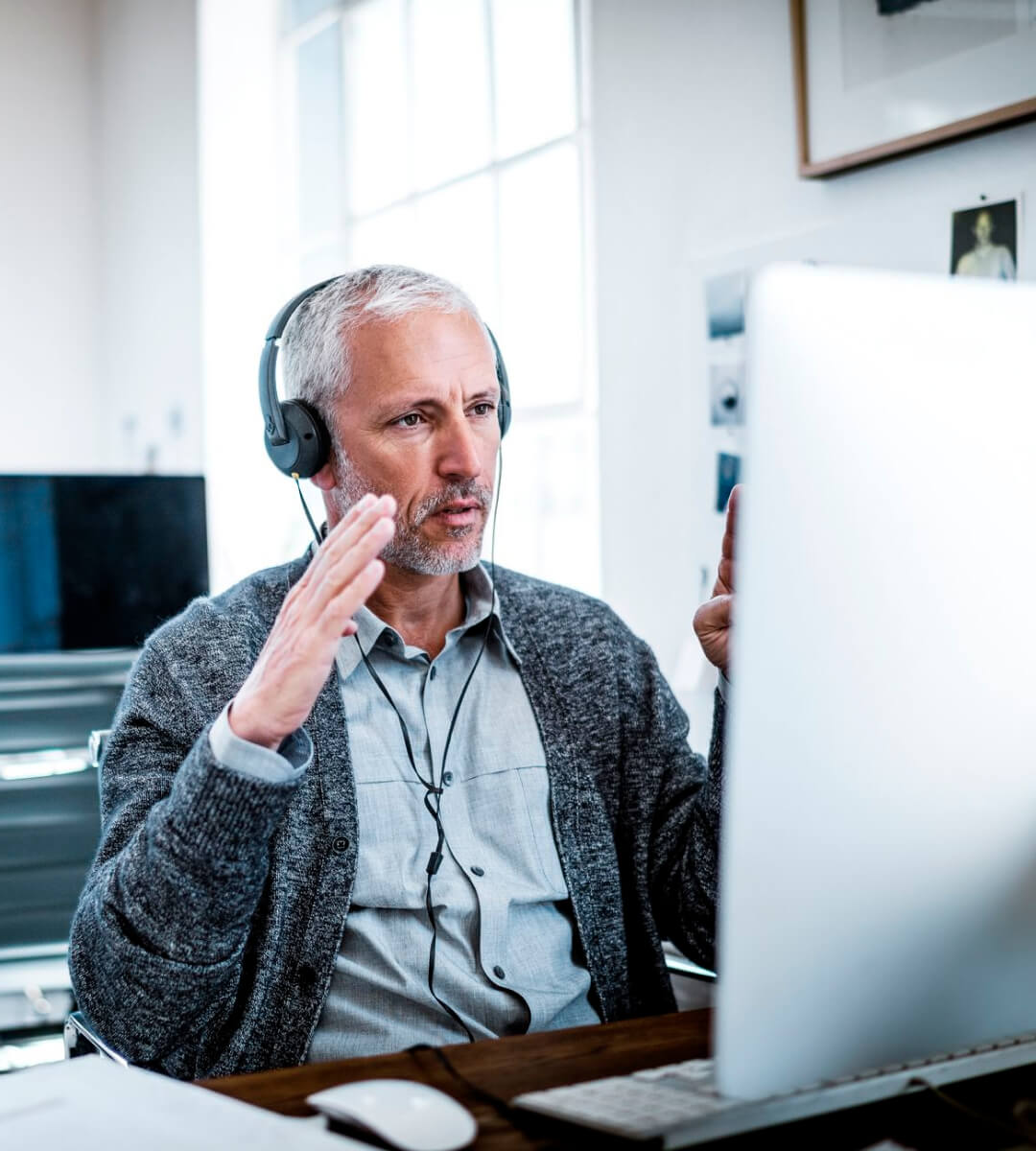Indian Prime Minster Perks

According To Reports of September 2021, the perks and benefits enjoyed by the Prime Minister of India include:
1.Official Residence: The Prime Minister resides in the official residence at 7, Lok Kalyan Marg (formerly known as 7, Race Course Road) in New Delhi. The residence is provided by the government and is equipped with necessary amenities and security arrangements.
2.Special Protection: The Prime Minister is provided with high-level security and protection by the Special Protection Group (SPG), a specialized security force dedicated to safeguarding the Prime Minister and their immediate family members.
3.Official Transport: The Prime Minister has access to a fleet of highly secure and well-equipped vehicles for official travel. These vehicles are maintained and operated by the government and are accompanied by security personnel.
4.Staff and Office Space: The Prime Minister has an office space in the Prime Minister’s Office (PMO) located in South Block of the Secretariat Building in New Delhi. The PMO has a team of advisors, secretaries, and administrative staff to assist the Prime Minister in their official duties.
5.Travel Allowance: The Prime Minister receives a travel allowance to cover official travel expenses, both within India and for international visits. This includes expenses related to transportation, accommodation, and other necessary arrangements.
6.Salary and Pension: The Prime Minister receives a fixed salary for their services. The salary and allowances are determined by the government and are subject to revision from time to time. After completing their term, the Prime Minister is eligible for a pension and other post-retirement benefits.
It’s important to note that the specific perks and benefits may be subject to government regulations, policies, and any changes made over time. The details of these perks are determined and governed by the government and may vary for each Prime Minister based on the prevailing rules and guidelines.
7.Medical Facilities: The Prime Minister and their immediate family members are provided with access to top-notch medical facilities. The government ensures that the Prime Minister receives appropriate healthcare services, including medical staff and necessary treatments.
List Of All Prime Ministers Of India

Since India’s independence in 1947, the country has had several Prime Ministers. Here is a list of the Prime Ministers of India from independence until the present:
Jawaharlal Nehru (1947-1964): Nehru served as India’s first Prime Minister from 1947 until his death in 1964. He played a pivotal role in shaping India’s foreign policy, industrialization efforts, and democratic institutions.
Lal Bahadur Shastri (1964-1966): Shastri succeeded Nehru and served as the Prime Minister from 1964 until his untimely death in 1966. He led the country during the Indo-Pakistani War of 1965.
Indira Gandhi (1966-1977, 1980-1984): Indira Gandhi, the daughter of Jawaharlal Nehru, became the first female Prime Minister of India. She served two terms, from 1966 to 1977 and from 1980 until her assassination in 1984. Gandhi implemented key initiatives such as bank nationalization, the Green Revolution, and the Emergency period.
Morarji Desai (1977-1979): Desai, a veteran politician and member of the Janata Party, served as the Prime Minister from 1977 to 1979. He was the first non-Congress Prime Minister of India.
Charan Singh (1979-1980): Charan Singh briefly served as the Prime Minister in 1979, leading a coalition government.
Rajiv Gandhi (1984-1989): Rajiv Gandhi, son of Indira Gandhi, took office after her assassination. He served as Prime Minister from 1984 until 1989. His tenure saw significant economic reforms, technological advancements, and communal tensions.
Vishwanath Pratap Singh (1989-1990): Singh, a former Finance Minister, served as Prime Minister from 1989 to 1990. He is known for implementing the Mandal Commission recommendations, which aimed to provide reservation for Other Backward Classes (OBCs) in government jobs.
Chandra Shekhar (1990-1991): Chandra Shekhar served as the Prime Minister for a short period from 1990 to 1991. His tenure focused on political stability and economic reforms.
P.V. Narasimha Rao (1991-1996): Rao was the first Prime Minister from the Indian National Congress party after Rajiv Gandhi’s tenure. He initiated significant economic reforms and liberalization policies to address the country’s financial crisis.
Atal Bihari Vajpayee (1996, 1998-2004): Vajpayee, from the Bharatiya Janata Party (BJP), served as Prime Minister three times. He held office for a short period in 1996 and then from 1998 to 2004. Vajpayee played a key role in nuclear tests, infrastructure development, and strengthening India’s international relations.
Manmohan Singh (2004-2014): Singh, an economist, served as the Prime Minister for two consecutive terms from 2004 to 2014. He focused on economic reforms, rural development, and social welfare initiatives.
Narendra Modi (2014-present): Modi, also from the Bharatiya Janata Party (BJP), is the current Prime Minister of India. He assumed office in 2014 and was re-elected in 2019. Modi’s tenure has been marked by initiatives such as “Make in India,” “Digital India,” and the Goods and Services Tax (GST).













